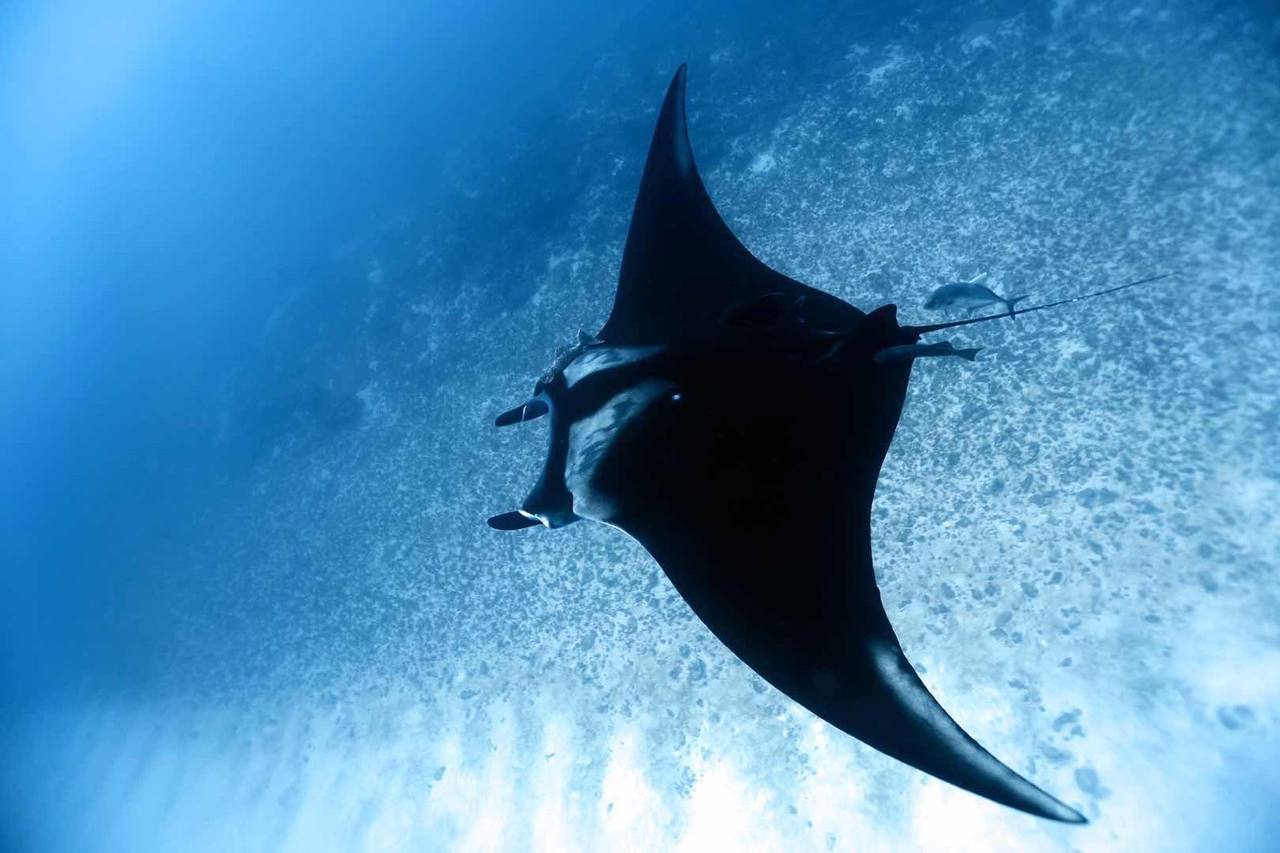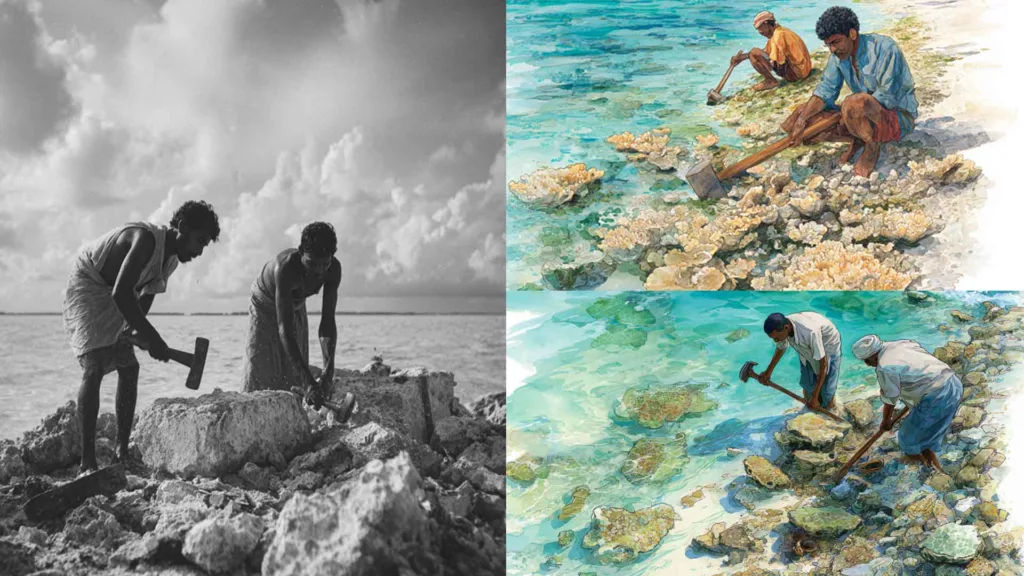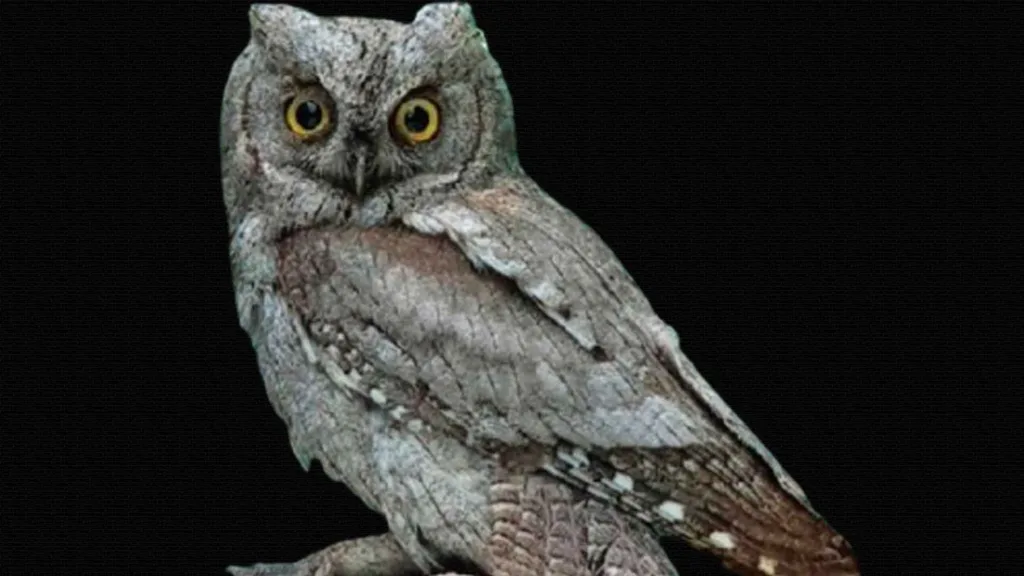
It was a lovely day on Thoondu, Fuvahmulah’s northern beach, some 30 years ago. An event called maahibun, which marks the start of Ramadan, drew hundreds of people to the beach. The water was crowded with people. Suddenly, right off the shore, we noticed a “black area” on the water’s surface. Swimming parallel to the shoreline, it was swimming. My late uncle Abdulla Rafeeq and I were in the sea together. A massive ray, he claimed. Some cried, yelling “Madi ei (it’s a ray).
The enormous creature was around 20 feet long. After tripping in the water, everyone ran to the beach. An ocean manta that looked dark and spooky rose like a “stealth bomber.” The aquatic being was serenely swimming. Even though it was the most timid and peaceful fish, we sprinted for cover because we didn’t know how most marine animals behaved. Never in my life had I encountered an oceanic manta ray until that encounter.
In 2009, scientists determined that there are at least two distinct species of manta rays: the reef manta (Mobula alfredi) and the gigantic oceanic manta (Mobula birostris”). Oceanic manta rays (Mobula birostris) can grow to be up to 6.8 meters across (wingtip to wingtip), while reef manta rays can get up to 4.5 meters across.
Oceanic Manta rays live in the seas surrounding oceanic islands, feeding on tiny planktonic animals (zooplankton) that are abundant in the nutrient-rich waters. Manta rays and other reef and pelagic species can only thrive in oceanic islands and underwater ridge systems because tropical oceans lack nutrients.
Manta numbers are limited because they are so big, take a long time to grow up, and need small foods. Their low birthrate and small litter size make them very sensitive to changes in their diet and surroundings. The Maldives is home to a large number of manta rays (Manta alfredi). In the Maldives, they usually move with the seasons (Abderson, Adam, Goes, 2011). The Maldives has the greatest population of reef manta rays and the third largest population of oceanic manta rays on the planet.
Using photo-ID methods and behavioral observations, more than 8,000 manta ray surveys were conducted in the Republic of the Maldives between January 2005 and December 2015, as well as intermittently during the two preceding decades. There were 38,804 photo-ID observations of 4,000 individuals at 239 different locations across 21 of the 26 Maldivian atolls. The overall population sample consisted of 1,945 males, 2,010 females, and 45 for which sex could not be determined (Stevens, 2016).
Zooplanktivorous mantas are the largest of the rays. Reef manta rays are found across the tropical and subtropical Pacific and Indian Oceans, but their populations are extremely scattered due to resource and habitat requirements. M. alfredi can be found in 29 shallow seas around continents’ coastline reefs and around remote oceanic islands and archipelagos, as well as offshore and in the mesopelagic zone.
The waters surrounding the Maldives are nutrient-rich and abundant in plankton. Marine food chains start with these tiny animals. Additionally, manta rays and whale sharks enjoy eating them. The presence of over 150 manta rays foraging at the surface in close proximity to a half dozen whale sharks is not uncommon, as per Save Our Seas.
In the Maldives, monsoons and changes in plankton around certain times of the year do affect where mantas are at any given time. There is also a good chance to see manta rays in the Maldives at cleaning stations. Oceanic cleaning stations are used by mantas and other large species, such as sharks and sea turtles, all over the world. Cleaner fish do their best work when they’re in these places. The tiny wrasses and shrimp remove dead skin and parasites from the body of larger fish and animals. Cleaning stations are also thought to give mantas significant opportunity for courtship and sociability, according to scientists.
North Male’ Atoll, Raa Atoll, and South Ari Atoll are among the most renowned locations in the Maldives for manta rays. The world-renowned Manta-spot Hanifaru Bay is situated in Baa Atoll, which is a UNESCO Biosphere Reserve. Without a doubt, it’s the ideal place in the Maldives to see manta rays.




